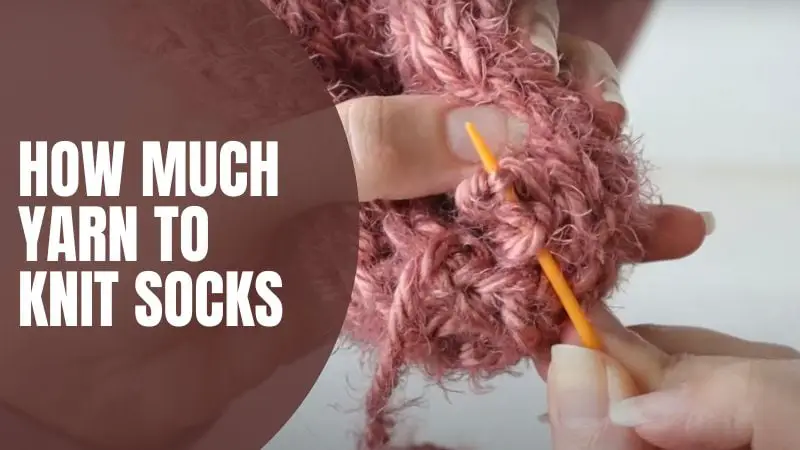How Much Yarn To Knit Socks?
Most newbies choose to knit socks as their first knitting assignment. While knitting a typical sock might seem easy at first, a lot of things go into making it perfect. Before you start, the first thing you need to learn is to understand how much yarn you’ll need to finish a project.
So, how much yarn to knit socks? Typically, you’ll need 100g or 400 meters of fingering-weight yarn to knit a pair of adult-size socks. The amount of yarn you need will vary depending on the yarn’s weight, knitting pattern, sock size, knitting gauge, needle size, and a few other factors.
Let’s get into the details and find out how much yarn you’ll need to knit different sizes of socks.
How Much Yarn Do I Need to Knit Socks?
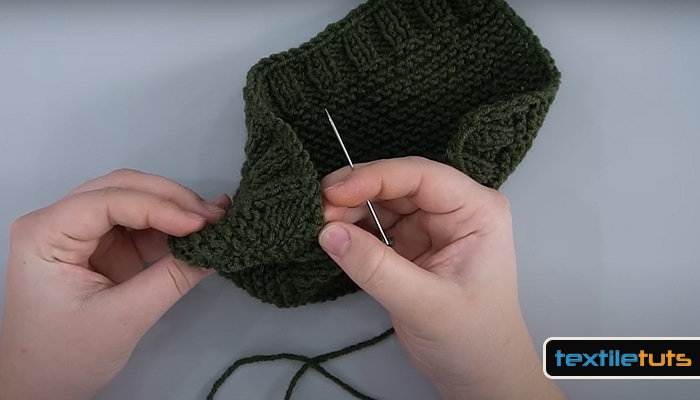
When deciding on the amount of yarn you’ll need to knit socks, you must consider two main factors: the length of the socks and the weight of the yarn.
Below is a general guideline for different sock sizes and yarn weights:
1. Fingering Weight Yarn or Sock Yarn
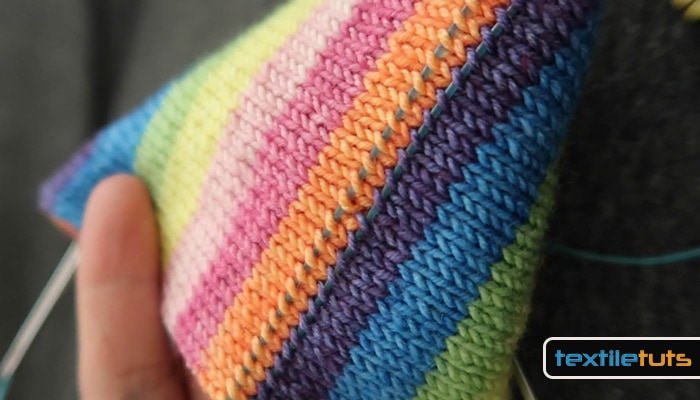
| Sock Size | Yarn Requirement |
|---|---|
| Small (child) size | 200-300 yards (183-274 meters) |
| Medium (women’s) size | 350-400 yards (320-366 meters) |
| Large (men’s) size | 400-450 yards (366-411 meters) |
2. Sport Weight Yarn
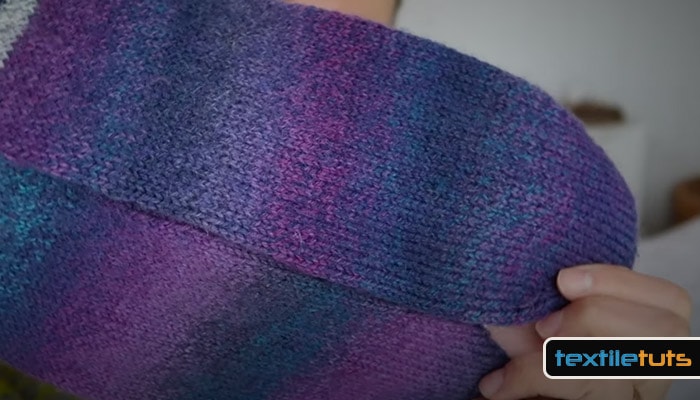
| Sock Size | Yarn Requirement |
|---|---|
| Small (child) size | 150-250 yards (137-229 meters) |
| Medium (women’s) size | 250-350 yards (229-320 meters) |
| Large (men’s) size | 100-200 yards (91-183 meters) |
3. Worsted Weight Yarn
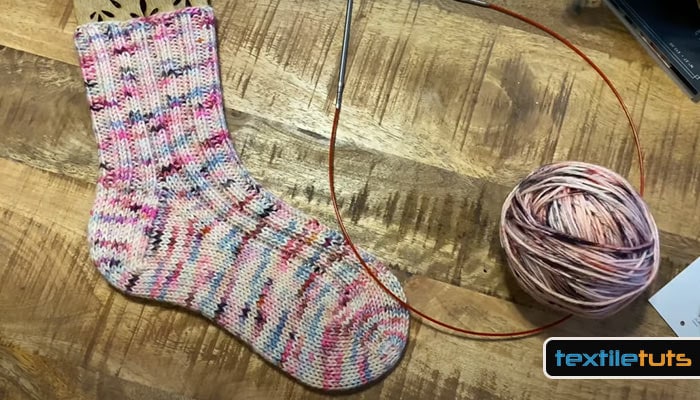
| Sock Size | Yarn Requirement |
| Small (child) size | 100-200 yards (91-183 meters) |
| Medium (women’s) size | 200-300 yards (183-274 meters) |
| Large (men’s) size | 300-400 yards (274-366 meters) |
What Factors Decide How Much Yarn I’ll Need for Knitting Socks?
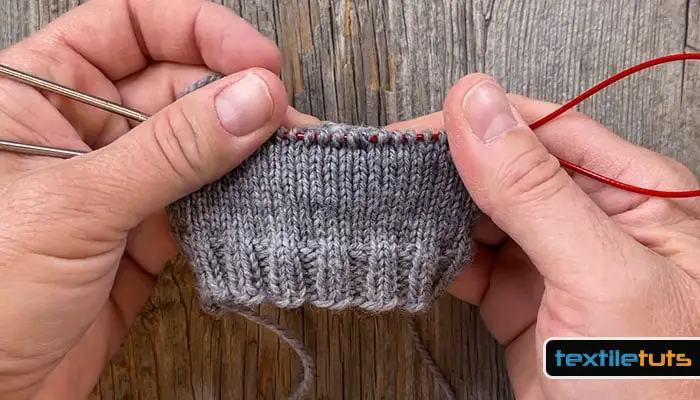
As you’d expect, you’ll need more yarn to make an adult-sized sock than a child’s one. Similarly, heavier yarns, like the fingering weight yarn, require fewer yards or meters to complete a project. There are several other factors that decide how much yarn you’ll need to knit a pair of socks.
Let’s take a look at these factors-
Yarn Weight
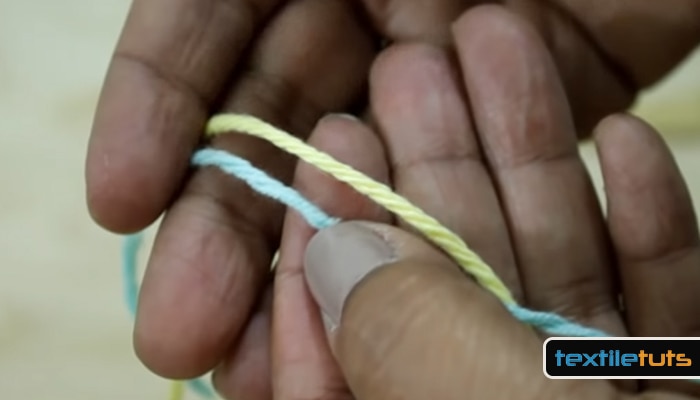
As you might know, the yarn comes in different weights, including lace, fingering, sport, worsted, and bulky. While heavier yarns require fewer yards or meters to complete a project, lighter yarns require more.
So, the type of yarn you choose will be a key deciding factor in how much yarn you’ll need to knit socks.
Knitting Pattern
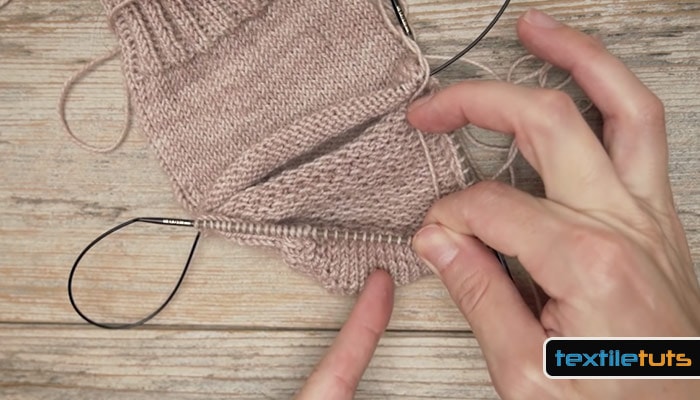
From traditional tube socks to ankle or ruffle socks, there are numerous knitting patterns you can select. The knitting pattern you choose will specify the amount of yarn required for the project. This information is usually provided in yards, meters, grams, or ounces and is based on the yarn weight and project size.
Sock Size
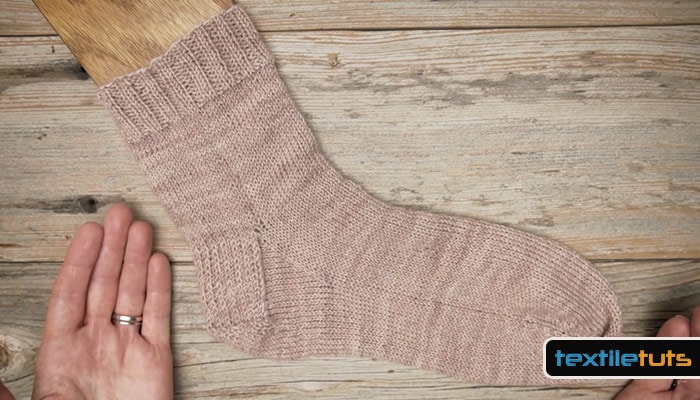
Are you making adult men’s or women’s socks? Will it be a regular sock or a thigh-high one? You must address these questions to decide how much yarn you’ll need. The size of your socks directly affects the amount of yarn needed. Larger socks will require more yarn than the smaller ones.
Stitch Pattern
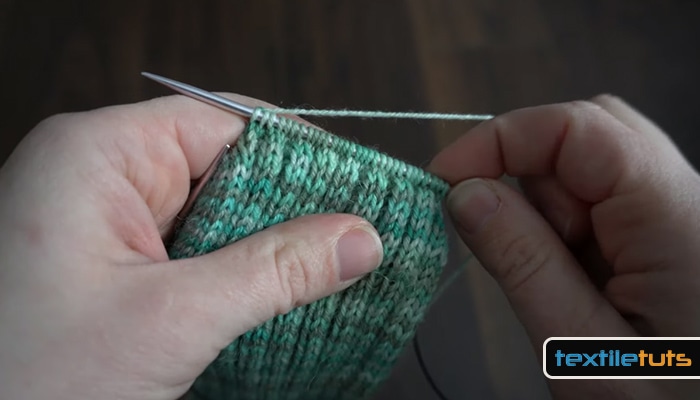
Another key factor that affects the amount of yarn you’ll need is the stitch pattern. A pair of socks with a lace or cable pattern may require more yarn than socks with a simple stockinette or garter stitch pattern.
Knitting Gauge
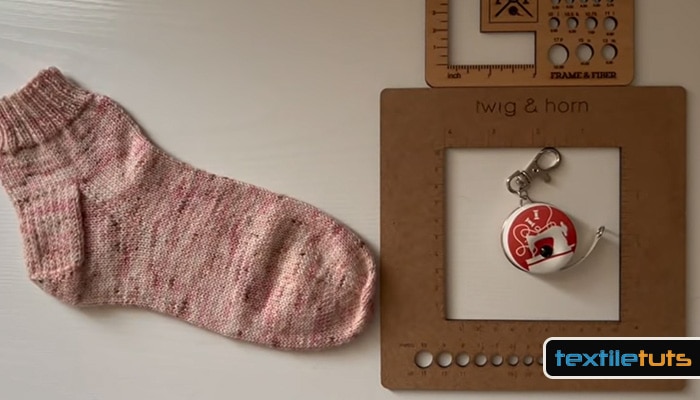
Your knitting gauge, or the number of stitches and rows per inch (or centimeter), can impact yarn usage. You’ll need more yarn if your gauge is looser than the pattern’s recommended gauge. When the gauge is tighter, you can complete knitting the socks with less yarn.
Needle Size
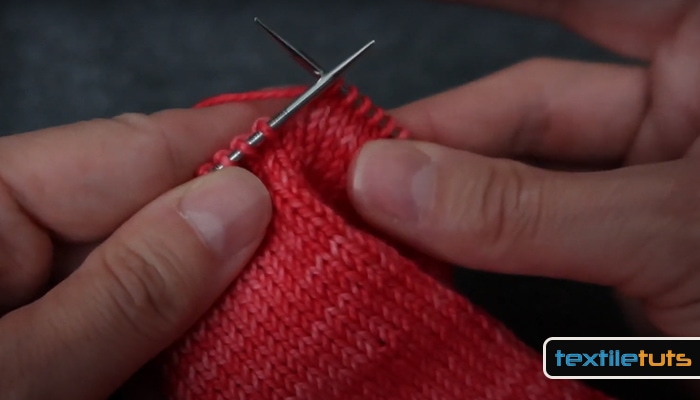
Many newbie knitters don’t know that the size of the knitting needles you use can affect your gauge. As a result, it also decides the amount of yarn needed. Larger needles generally create looser stitches and require more yarn.
On the other hand, smaller needles create tighter stitches requiring less yarn.
Making Modifications
If you make any modifications to the pattern, such as adding length or width, changing stitch patterns, or incorporating additional design elements, it will surely affect the amount of yarn required.
Besides, your personal knitting style and tension can influence yarn usage. Some knitters naturally use more yarn, while others use less.
How Do I Know How Much Yarn I Need to Knit Socks?
The only way to find out your yarn requirements is to calculate the amount beforehand. To do so, follow the steps given below:
Check the Pattern
Most knitting patterns provide information on the required yarn amount, usually in yards or meters and sometimes in grams or ounces. This information is typically based on the yarn weight and the project size.
Make sure to choose the correct size and yarn weight specified in the pattern.
Determine Your Gauge
Make a gauge swatch by knitting a small square (usually 4×4 inches or 10×10 cm) using the recommended yarn and needle size. Measure the number of stitches and rows in your swatch to ensure it matches the pattern’s gauge.
If your gauge is off, adjust your needle size and try again.
Calculate Your Yarn Requirements
In case you’re not using the recommended yarn or creating your own pattern, you’ll need to calculate the yarn requirements. For this,
EXAMPLE
Let’s say you’re making a scarf with a desired width of 8 inches and a desired length of 60 inches. You’re using a worsted weight yarn that has 200 yards (183 meters) per skein. Your gauge swatch indicates 4 stitches and 5 rows per inch.
Total stitch count = 8 inches * 4 stitches per inch = 32 stitches
Row count = 60 inches * 5 rows per inch = 300 rows
Number of stitches in project = 32 stitches * 300 rows = 9,600 stitches
Approximate yarn requirements = 9,600 stitches / 4 stitches per inch = 2,400 inches of yarn
Skeins needed = 2,400 inches / 200 yards per skein = 12 skeins
Here, you would need approximately 12 skeins of yarn to complete your scarf.
Keep in mind that this method may not be entirely accurate, as it doesn’t account for variations in stitch patterns or shaping. To be on the safe side, always purchase a little extra yarn.
How Much Yarn Do I Need to ‘Work Even’ in Knitting Socks?
When it comes to knitting socks, understanding the knitting work even definition is crucial. To work even in knitting means to continue the established stitch pattern without any increases or decreases. To calculate how much yarn you need to work even, it’s best to measure the length of the sock and estimate based on previous experience.
Wrapping Up!
So, how much yarn to knit socks? Now you know the answer. As a general rule of thumb, you need approximately 100 grams of fingering-weight yarn to knit a pair of average-sized adult socks.
To get a more accurate estimate, consult a yarn weight chart to determine the weight of your chosen yarn. After that, check the label for the yardage per skein. From there, you can calculate the total yardage needed for your socks based on the size and stitch pattern.

